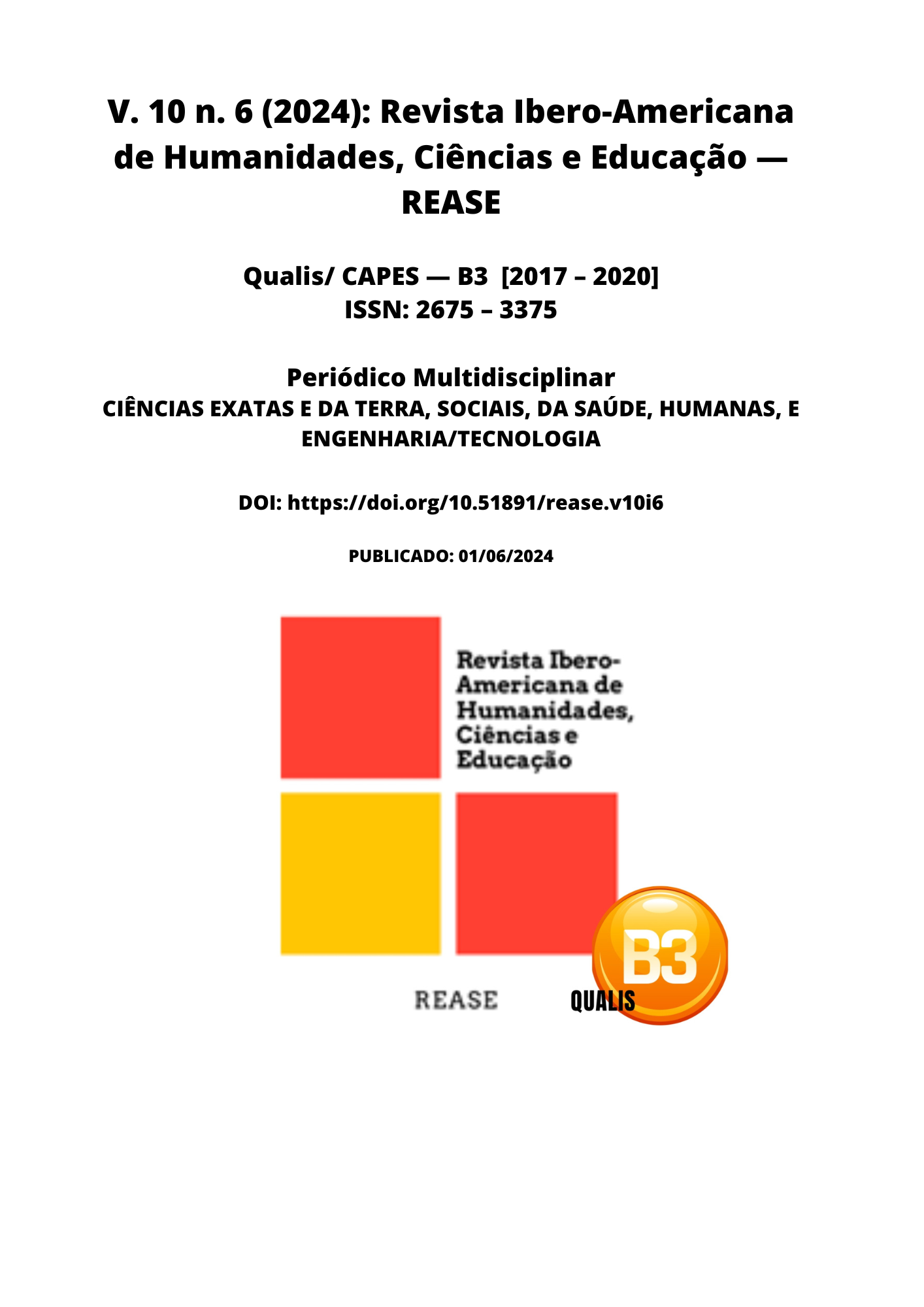THE USE OF TAMOXIFEN FOR THE TREATMENT OF BREAST CANCER IN WOMEN
DOI:
https://doi.org/10.51891/rease.v10i6.14401Keywords:
Breast cancer. Tamoxifen. Hormone therapy. Adherence to treatment.Abstract
Breast cancer is a disease that mostly affects women. In 2022, approximately 2.3 million new cases were estimated worldwide. In Brazil in 2022, an estimated 66,280 new cases were estimated. There are several types of treatments that can be used, among them the use of Tamoxifen, which is a selective estrogen receptor modulator, is the most used and acts antagonistically and totally or partially prevents the proliferation of neoplastic cells. The objective of this study is to understand how this medication works, describe its adverse effects and the role of the pharmacist in the treatment. This is a study based on the search for electronic data that was selected through the analysis of titles, abstracts and key words, including delimitation by inclusion and exclusion criteria. It was concluded that hormone therapy with tamoxifen is effective, but adverse reactions can make it difficult for the patient to adhere to treatment. Therefore, the presence of the pharmacist is of great importance, aiming to successfully achieve the desired therapeutic objectives.
Downloads
Downloads
Published
How to Cite
Issue
Section
Categories
License
Atribuição CC BY

